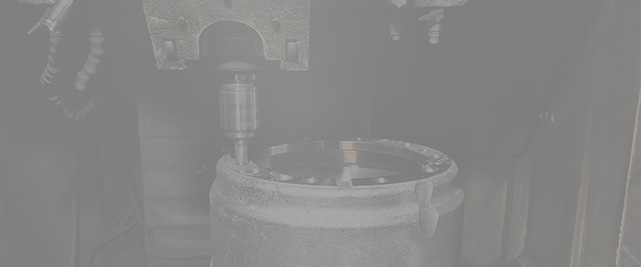Aug . 06, 2024 14:13 Back to list
Guidelines for Accurate Measurement of Brake Drum Diameter and Its Importance in Vehicle Maintenance
Understanding Brake Drum Diameter Measurement
Brake systems are crucial to vehicle safety and performance. Among the key components of a braking system, the brake drum plays a pivotal role, especially in drum brake systems. One of the essential aspects of maintaining efficient braking performance is understanding and measuring the brake drum diameter. This article will delve into the importance of brake drum diameter measurement, the methods used, and the impact of improper measurements on vehicle performance.
Importance of Brake Drum Diameter
The brake drum is a cylindrical component that houses the brake shoes. When the driver applies the brakes, hydraulic pressure forces the brake shoes against the inner surface of the drum, creating friction that slows the vehicle down. The diameter of the brake drum is critical because it directly affects the braking force and efficiency. A well-measured drum ensures that the brake shoes make proper contact, providing optimal braking power while minimizing wear and tear.
Over time, brake drums can wear out or become warped due to excessive heat and use. This wear can affect the diameter, leading to reduced braking efficiency and increased stopping distances. Regular measurement of the brake drum diameter is essential for vehicle maintenance and safety. It helps identify when drums should be resurfaced or replaced, ensuring that the vehicle remains safe to operate.
Measurement Methods
There are several methods to measure the brake drum diameter accurately. The most common technique involves the use of a caliper or a brake drum gauge. Here’s a step-by-step guide to measuring the brake drum diameter
1. Gather Tools Obtain a set of calipers, preferably digital for accuracy, or a brake drum gauge. Ensure that the tools are calibrated and in good condition.
2. Access the Brake Assembly Remove the wheel to access the brake drum. Make sure the vehicle is secure and parked on a flat surface.
brake drum diameter measurement

3. Clean the Drum Surface Before measuring, clean the drum surface to eliminate dust, grease, or debris that may affect the accuracy of your readings.
4. Measure the Diameter Place the caliper or gauge inside the drum’s inner surface. If you’re using calipers, close them gently against the surface and read the measurement. It’s essential to take multiple readings at different points to account for any imperfections or wear in the drum.
5. Record the Measurements Note the largest measurement taken, as this will be your reference for wear analysis. Compare this value against the manufacturer's specifications for the specific vehicle model.
Impact of Improper Measurements
Neglecting to measure the brake drum diameter or relying on inaccurate measurements can lead to serious consequences. If the diameter is too large due to excessive wear, the brake shoes may not engage effectively, resulting in decreased braking efficiency and a higher risk of brake failure. Conversely, if a drum has been machined too thin, it may lead to overheating, which can also compromise braking performance.
Moreover, improper measurement can lead to unnecessary expenses. For instance, replacing brake components too early or failing to replace them on time can lead to more significant repair costs down the road.
Conclusion
Measuring brake drum diameter is a vital aspect of vehicle maintenance that should not be overlooked. Regularly checking the diameter can help ensure safe and effective braking performance, extending the life of braking components and improving overall vehicle safety. Vehicle owners, technicians, and mechanics should prioritize this measurement as part of routine maintenance to uphold safety standards and enhance driving experiences. By understanding the importance of brake drum diameter measurement, we contribute to safer roads and smarter vehicle management.
-
Your Brake Drum Man: Premium & Reliable Brake Drums for Sale
NewsAug.18,2025
-
ROR Web Development: Build Fast, Scalable, Secure Apps
NewsAug.17,2025
-
Scania Brake Drums: OEM Quality for Optimal Safety & Durability
NewsAug.16,2025
-
R.V.I: Advanced Remote Visual Inspection for Precision
NewsAug.15,2025
-
Discover HYUNDA: Innovative Vehicles, Equipment & Solutions
NewsAug.14,2025
-
R.V.I: Unlock Advanced Insights & Real-time Performance
NewsAug.13,2025
